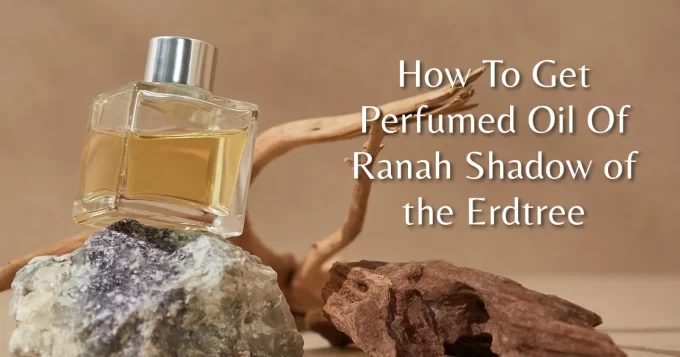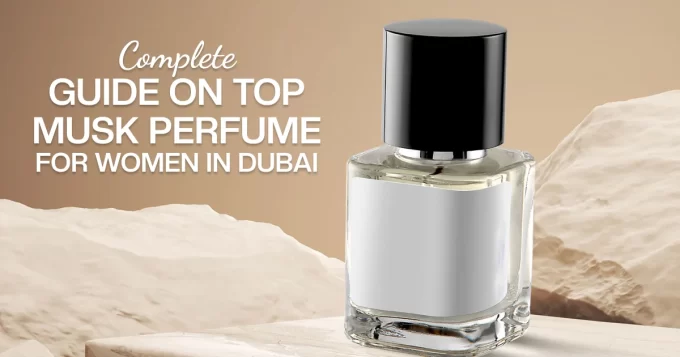Chypre Coty Perfume is a timeless masterpiece that influenced modern perfumery
Certain perfumes are regarded as landmarks in the fragrance industry, representing fundamental shifts in how we comprehend and experience scent. One such fragrance is Chypre, which was created in 1917 by French perfumer François Coty. This scent not only established a new fragrance family, but also inspired subsequent generations of perfumers and perfumery trends.
This blog delves into the history, composition, and lasting impact of Coty’s Chypre—a scent that permanently altered the landscape of modern perfumery.
The Birth of Chypre: A Historical Revolution.
François Coty was a visionary who did not simply follow trends, but created them. He thought that scent should elicit emotions and tell stories, and this theory is reflected in Chypre. The name “Chypre” comes from the French word for Cyprus, an island famous for its fragrant materials such as oakmoss, labdanum, and citrus oils. These elements had been used in fragrances for generations, but Coty combined them in a unique way, resulting in a scent that was both earthy and elegant, powerful yet balanced.
When Chypre debuted in 1917, the world was still reeling from World War I. In this time of uncertainty and transition, Coty’s creation provided an escape to a world of luxury and elegance. Chypre became a sign of modernism, a perfume that stood out from the industry’s previous heavy, floral aromas.
What is a Chypre Perfume?
The term “chypre” refers not only to Coty’s perfume, but to an entire family of perfumes with a similar composition. A typical chypre perfume contains:
Citrus top notes: Often bergamot, which gives a bright and zesty start.
Middle notes that are floral or fruity, such as rose, jasmine, or peach, give the fragrance a gentle, feminine touch.
Woody, earthy base notes: Oakmoss, labdanum, and patchouli are the primary ingredients that give chypre scents their depth, warmth, and earthiness.
Chypre scents are renowned for their ability to harmonise seemingly opposing elements—bright and fresh at the top, dark, earthy, and sensual at the bottom. This duality makes them adaptable and durable, appealing to both men and women.
Composition of Coty’s Chypre.
Coty’s original Chypre followed this basic framework, but with a distinct twist. Let us break down the components of the fragrance:
Top notes: The opening was fresh and citrussy, with bergamot in the forefront. This provided the perfume an immediate, stimulating brightness that was not overbearing.
Middle notes: As the citrus top faded, the perfume’s centre revealed gentle flower notes, most likely rose and jasmine. These blossoms offered a gentle sweetness, resulting in a smooth transition from top to bottom.
Base notes: Coty’s artistry was most evident in the fragrance’s basis. The deep, mossy aroma of oakmoss was the standout, complemented by patchouli and labdanum. This gave the perfume a resinous, woody scent that stayed on the skin for hours.
What made Coty’s Chypre so groundbreaking was how well these components worked together. The perfume did not simply evolve from top to bottom; it appeared to shimmer, with the various layers interacting in a harmonious and complicated manner.
The Legacy of Coty’s Chypre
While Coty’s Chypre was eventually discontinued, its influence on the perfume business remains apparent. It founded the chypre fragrance family, which influenced innumerable perfumes that followed. Today, when we talk about chypre perfumes, we mean a complete genre of smells that owe their existence to Coty’s revolutionary innovation.
The chypre family is responsible for some of history’s most memorable perfumes:
Guerlain’s Mitsouko (1919): Released only two years after Chypre, Mitsouko is one of the most well-known examples of a chypre perfume. It has the same mossy, woody base but adds a delicious peach note to the heart, resulting in a scent that is both intriguing and appealing.
Christian Dior’s Eau Sauvage (1966): This iconic men’s scent takes the chypre structure and gives it a more manly twist, with herbal and citrus notes on top, balanced by an earthy base.
Chanel’s Cristalle (1974): Cristalle, a lighter, more modern version of the chypre, combines citrus and floral notes with a green, mossy base, making it ideal for warmer weather.
Even today, chypre scents remain fashionable. Modern perfumers frequently innovate with the fundamental chypre structure, adding new elements such as fruits, spices, or aquatic notes to keep the genre fresh and relevant.
Why do Chypre perfumes endure?
There are numerous reasons why chypre perfumes, beginning with Coty’s original, continue to attract fragrance enthusiasts:
Versatility: Both men and women can wear Chypre scents. Their blend of fresh, flowery, and earthy aromas makes them appropriate for any occasion, from daylight to evening elegance.
The multi-layered nature of chypre perfumes causes them to change over time. What begins as a refreshing rush of citrus evolves into something rich and seductive, keeping the wearer interested throughout the day.
Longevity: Chypre scents are noted for their strong base notes and ability to last. A single spritz can last for hours, making it an ideal choice for individuals seeking a long-lasting aroma.
While perfume trends change, chypre scents stay ageless. They have a timeless, refined appeal that makes them indispensable in any fragrance inventory.
Modern interpretations of Chypre.
Although Coty’s original Chypre is no longer available, the scent family it inspired has evolved. Many current perfumers are reviving the classic chypre structure with creative twists.
For example, several current chypres have fruity notes like as peach or blackcurrant, giving the fragrance a juicy freshness. Others emphasise the woody component, employing oud or cedar to create a richer, more intense sensation. These current renditions keep the chypre family relevant while remaining true to the genre’s origins.
Conclusion: Coty’s Lasting Influence
Coty’s Chypre was more than a perfume; it was a watershed moment in the history of smell. Coty produced a scent that was both timeless and ahead of its time by combining citrus, floral, and earthy notes in an unexpected and novel combination. Although Chypre is no longer in production, its legacy lives on through the other perfumes that have followed in its footsteps.
For everyone who like rich, long-lasting smells, the chypre family provides endless possibilities. Whether you favour the timeless elegance of Guerlain’s Mitsouko or the contemporary sophistication of a new rendition, chypre perfumes continue to captivate and inspire, just as Coty intended over a century ago.














